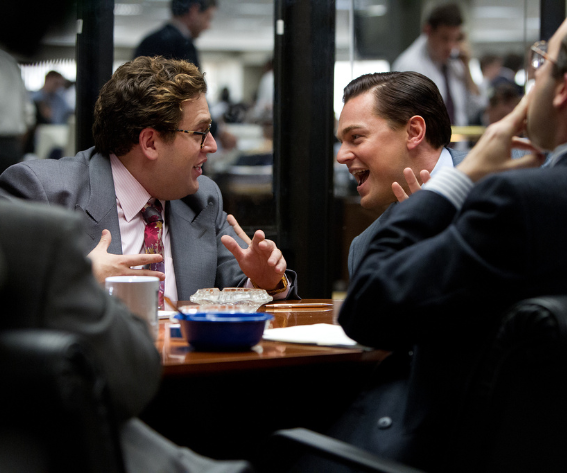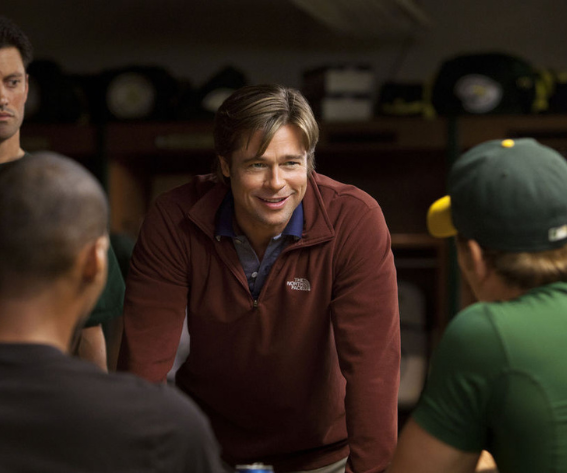When we think about our favorite movies, we often recall the characters, the dialogue, and the storylines. But just as important—sometimes even more so—are the locations where those stories unfold. A film’s setting is more than just a backdrop; it helps shape the narrative, enhances atmosphere, and grounds the audience in the world the filmmakers want to create. The importance of movie locations can’t be overstated, as they often become iconic in their own right, influencing tourism, cultural identity, and even how audiences perceive reality.
The Emotional Weight of Location
A location tells a story before the characters ever say a word. Consider the sweeping deserts in Lawrence of Arabia, the gritty streets of New York in Taxi Driver, or the magical Scottish landscapes in the Harry Potter films. These aren’t just random backdrops—they are integral to the films’ emotional resonance.
The desert represents isolation, struggle, and grandeur; New York City becomes a character itself, buzzing with chaos and tension; the misty hills of Scotland embody mystery and magic. Without these carefully chosen environments, the films would lack their depth and texture.
Directors and cinematographers know this well. A single establishing shot of a location can evoke nostalgia, dread, or awe. That’s why location scouting is such a crucial part of pre-production.
Authenticity vs. Imagination
Some films strive for authenticity by shooting in the exact places where the stories are set. For instance, Rocky used the real streets of Philadelphia, including the now-famous steps of the Philadelphia Museum of Art. Shooting on location grounds a film in reality, giving it a sense of credibility that studio sets can rarely replicate.
On the other hand, many films rely on the transformative power of imagination. Locations can stand in for other places entirely. Vancouver often doubles for American cities, while the landscapes of New Zealand convincingly became Middle-earth in The Lord of the Rings. The artistry of filmmaking lies in making these substitutions seamless, transporting audiences into new worlds without them even realizing it.
Tourism and Economic Impact
When a location becomes synonymous with a film, it can spark an entire industry of film tourism. Fans travel across the globe to see the Shire in New Zealand, the steps in Philadelphia, or the beaches of Thailand featured in The Beach. Cities and countries often capitalize on this phenomenon, offering guided tours, museums, and attractions centered on iconic film spots.
This type of exposure can transform local economies. Small towns or lesser-known regions suddenly find themselves on the global stage, welcoming visitors who might never have heard of them otherwise. The economic ripple effect—from hotels and restaurants to local businesses—is significant.
Logistical Considerations
Behind the scenes, choosing a location is not just about aesthetics. Filmmakers must also consider logistics such as accessibility, infrastructure, and even legal requirements. Shooting in a remote desert might create stunning visuals, but it requires transporting cast, crew, and equipment across difficult terrain.
Urban locations present their own challenges. Permits must be secured, streets may need to be closed, and local residents need to be accommodated. Then there are the practical details—large productions often arrive with fleets of trailers, trucks, and production vehicles. Finding secure, accessible storage for this equipment can make or break a shoot. Productions working in Southern California, for example, sometimes turn to facilities that specialize in RV storage and vehicle parking in Hawaiian Gardens, CA, ensuring that expensive vehicles remain safe and organized while crews work on set.
This logistical dimension may seem mundane compared to the glamour of filmmaking, but without it, productions would grind to a halt.
Location as a Character
One of the most fascinating aspects of film locations is how they can take on the role of a character. Think of the Overlook Hotel in The Shining, which is as menacing as any villain. Or the neon-lit Los Angeles of Blade Runner, which defines the entire tone of the story. In these cases, the location is not passive—it actively shapes the plot and interacts with the characters.
Directors often return to the same cities or regions because of the mood they evoke. Woody Allen’s films are inseparable from New York, just as Sergio Leone’s spaghetti westerns are tied to the arid landscapes of Spain’s Almería region. These settings are more than just scenery; they are fundamental to storytelling.
The Future of Film Locations
With the rise of digital effects and virtual production technologies like the LED “Volume” used in The Mandalorian, filmmakers now have the ability to simulate almost any location. While this offers unparalleled creative freedom, it raises questions about whether digital environments can ever fully replace real-world locations.
Audiences still crave authenticity, and there’s something visceral about knowing a scene was shot in a real place with tangible history. While digital sets will continue to grow, real-world locations will remain invaluable for grounding stories in a sense of truth.
Conclusion
Film locations are more than pretty backdrops. They provide emotional weight, narrative depth, logistical challenges, and cultural impact. They influence tourism, shape audience perceptions, and sometimes become as iconic as the characters themselves. From the windswept deserts to bustling city streets, each location tells its own story, amplifying the power of cinema.
And while moviegoers focus on the magic on screen, the behind-the-scenes realities—like transportation, storage, and parking—are what make that magic possible.









Leave a reply